"The glorious knight Prince Eugene"
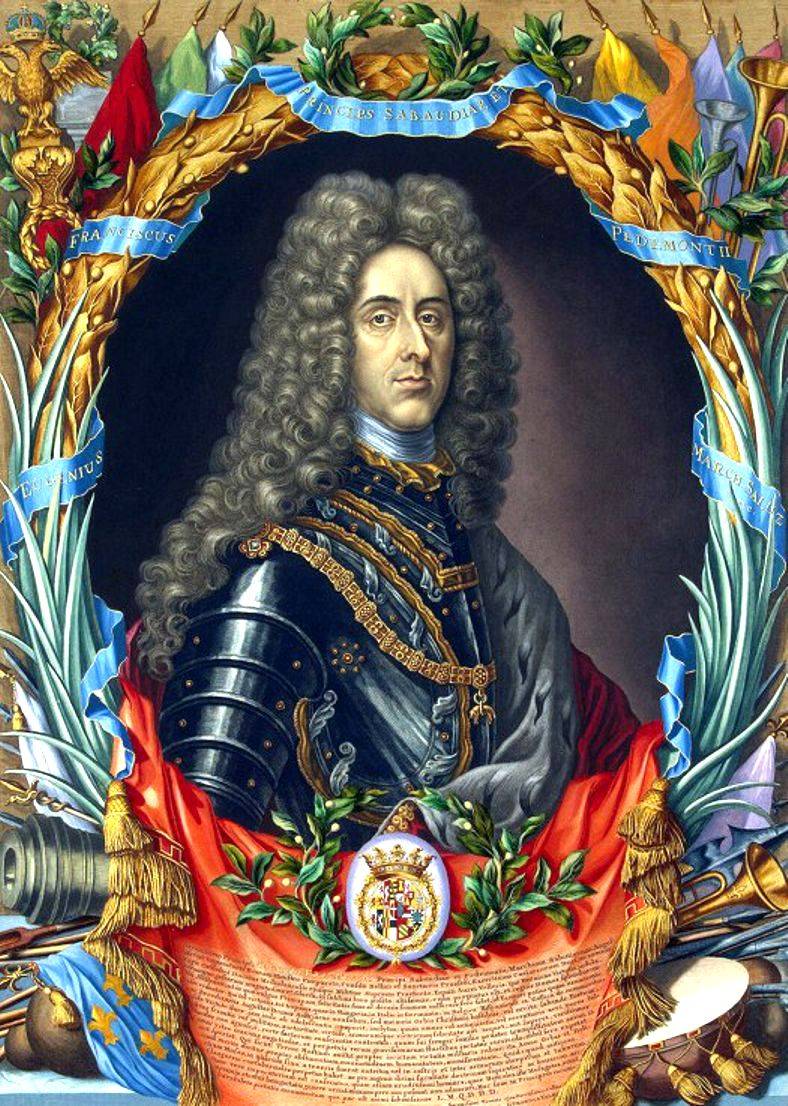
Article Jan Sobieski. Khotinsky Lion and the Savior of Vienna " was told, among other things, about the two-month siege of the Austrian capital by the Ottoman troops of Kara Mustafa Pasha. It was here that many first saw a short and apparently unremarkable young man. The young man's hair was dark, his face was dark, and his physique was not heroic. Unsurprisingly, in France, where he came from, he was refused admission to military service. Meanwhile, he was destined to take part in 24 battles, before A. V. Suvorov lead the army across the Alps and earn the "title" of "king of courteous people." They say, by the way, that it was him who at first tried to imitate Suvorov, who from childhood also did not differ in a brave article and good health.
The German Nazis greatly damaged the reputation of this French prince, naming in his honor the volunteer SS mountain rifle division, which fought in the territory of Yugoslavia, and a heavy cruiser.
And in our country, many know about him only from the novel by Yaroslav Hasek "The Adventures of the Gallant Soldier Schweik". Remember the song the recruits sing?
Promised to the monarch in Vienna,
What Belgrade will take for him
Will throw the pontoon bridge,
And immediately the columns will go
To the war, like a parade. "
Many readers conclude that this is some kind of vulgar tavern song or, in general, a parody, hastily invented by a Czech writer. However, the military march "Prince Eugene", quoted by Hasek, is still performed by army bands not only in Austria, but also in Italy (Savoy included Piedmont and Genoa at one time, the last ruling dynasty of Italy was also Savoy).
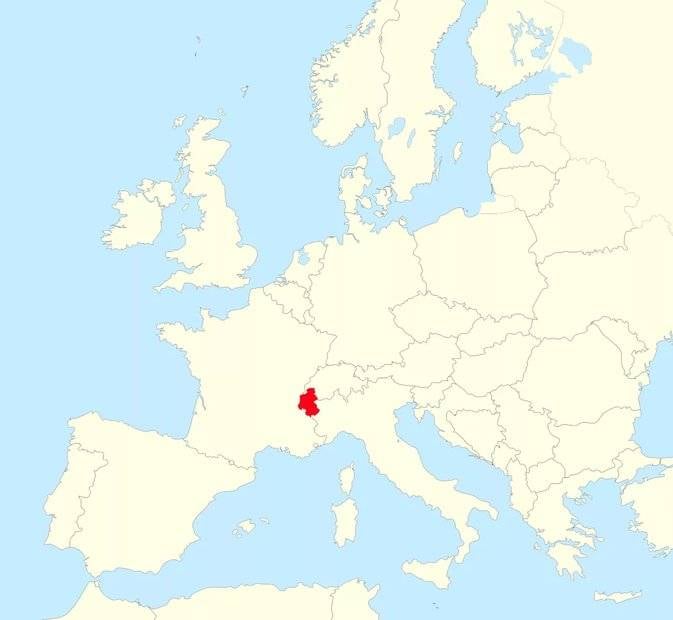
Probably, many have already guessed that our article will focus on the famous commander Eugene of Savoy. He left behind no works on strategy and tactics that could be studied in military academies. And he was not a military innovator, in every battle he surprised opponents with unexpected moves and schemes. It is believed that the main qualities of this commander were the skillful use of large cavalry units and a rare intuition, which allowed him to choose the right time and the right direction of the main blow during the battle. In addition, they often talk about the excellent organization of the intelligence service in the armies of this commander.
The young years of Evgeny Savoysky
All his life, Yevgeny Savoysky fought for Austria. The future commander was born on October 18, 1663 in Paris. He was a French citizen. The future hero came from a noble family. By his father (whose name was Eugene Maurice), he was descended from the Dukes of Savoy, and his mother, Olympia Mancini, was the niece of Cardinal Mazarin.
According to rumors, the young Louis XIV himself was in love with her (as well as with her sister Mary; this king did not pay attention to "little things" and did not see any problems in the family relationship of his favorites). But the sisters could not stand the competition with Louise de Lavalier.
Eugene was considered the prince of blood, but was the youngest son in the family. The courtiers contemptuously called him "the little abbot", apparently hinting that this puny and stunted young man could only lay claim to the career of a clergyman.
In general, he had nothing to count on in France.
When his mother received the final "resignation" from Louis and was removed from the court, Eugene, who was denied command of the regiment, in 1683 actually fled to Austria. Probably, in the service of the Habsburgs, he counted on the support of his relative, who had already served them, - Margrave Ludwig Wilhelm of Baden. In the city of Passau (on the border between Austria and Bavaria), Eugene managed to meet with Emperor Leopold I, who received him quite favorably. And then the prince, as a volunteer, went to the Austrian army of Duke Charles V of Lorraine. Since then, Louis XIV has more than once had a reason to regret that he did not give command of this "scum" at least some "overwhelming" regiment.
The beginning of military career
As we remember, the Turks at that time besieged Vienna, to the aid of which the troops of the Polish king Jan Sobieski and the combat units of some German electors went.
The events of September 12, 1683 were described in the article Jan Sobieski. Khotinsky Lion and the Savior of Vienna ", we will not repeat ourselves. The Turks were defeated and fled, the Ottoman commander-in-chief Kara Mustafa, who threw the banner of the Prophet, was executed in Belgrade, and the war continued for another 15 years.
It was under the walls of Vienna that Karl of Lorraine drew attention to the courage of the young prince, who fought in the detachment of the Elector Max II of Bavaria Emanuel. In 1684, Eugene was wounded during an unsuccessful siege of Buda, but the city still fell in 1686, and the second time our hero came to him with the rank of general.
During the battle campaign of 1687, Eugene of Savoy was already in command of the Austrian cavalry. His cavalrymen played an important role in the victorious battle on August 12, in which the Ottomans were defeated at Nagharshani. The services of the French prince were appreciated; the emperor gave him the rank of field marshal-lieutenant, the king of Spain awarded him the Order of the Golden Fleece, the Duke of Savoy Victor Amedeus II generous himself into two abbeys in Piedmont (curiously, did he know that at the French court young Eugene was contemptuously called "little abbot"?).
Transylvania was liberated from the Turks, and Belgrade was taken in the fall of 1688. In the same year, Yevgeny Savoysky was again seriously wounded, which suggests that he was a real military general and did not hide behind the backs of his subordinates.
Commander Evgeny Savoysky
Meanwhile, the Imperials were growing tensions with France. In 1690, Eugene was assigned to command the Austrian forces in Italy. He probably owed such a high appointment to the death of the already known Generalissimo Charles of Lorraine, who died just this year. Otherwise, the post of commander-in-chief of the troops in Italy would have gone to him. And other armies then went to the Rhine and to the southern Netherlands.
In Italy, Eugene linked up with the Duke of Savoy, Victor-Amadeus. He, apparently, considered himself the main one in this tandem, because, contrary to the advice of a relative, he entered the battle with the French at Staffard, was defeated and was saved from complete defeat by his ally.
In Italy, Eugene of Savoysky was until 1696. The situation for the empire was then extremely unfortunate: along with a new war against France, the war with Turkey continued, many Austrian allies withdrew from the coalition, including Bavaria and Savoy. And in October 1693, Eugene's army was defeated at the Battle of La Marsaglia.
He acted much more successfully against the Turks, when in 1697 he replaced the commander of the Saxon Elector Augustus the Strong, who was elected king of Poland in 1696.
On September 11, the Turkish army was caught by the troops of Yevgeny of Savoy while crossing the Tisza near the small town of Zenta. Having decisively attacked the enemy infantry, which was without the support of cavalry and artillery, he completely defeated it. The losses of the Ottomans reached 25 thousand people, the Grand Vizier Mehmed Almas died, and Sultan Mustafa II, leaving his harem, fled to Temeshvar (Timisoara).
After the news of this victory, Louis XIV decided to sign a peace treaty, which was concluded in Riswick on October 30, 1697.
And on January 26, 1699, the Karlovatsk Treaty was signed with Turkey, under which the Habsburgs received Hungary, Transylvania (with the exception of Temesvar) and part of Slavonia. But the interval between the wars was then short-lived.
War of the Spanish Succession
On November 1, 1700, without leaving a direct heir, the Spanish king Charles II died. In fact, earlier he announced his heir to the son of the Bavarian Elector, Joseph Ferdinand, but when he died in 1699, Charles II for some reason did not rewrite his will. Now the throne of Spain was claimed by his nephew, Archduke Charles of Austria (in the future Emperor Charles VI) and his great-nephew Philip of Anjou (who would eventually become king).
On March 7, 1701, in The Hague, the Holy Roman Empire of the German nation, England and the United Provinces of the Netherlands signed a treaty of alliance and declared war on Louis XIV's France. Thus began the famous War of the Spanish Succession. The imperial army was led by Eugene of Savoy, a united army of "sea powers" - John Churchill, first Duke of Marlborough.
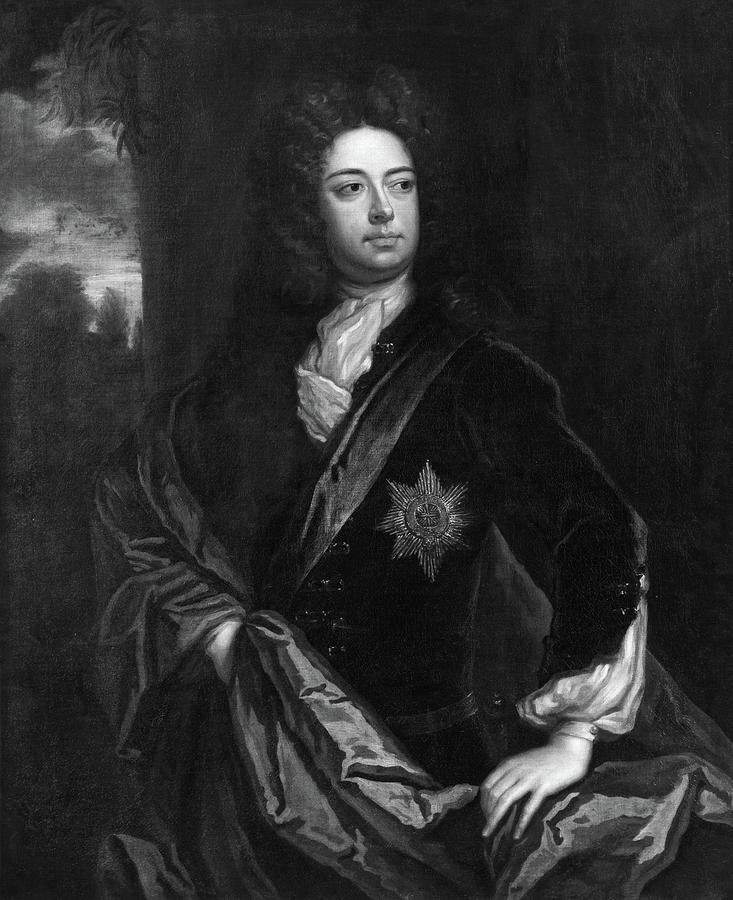
It was John Churchill Marlborough that many researchers consider the most outstanding commander of Great Britain in all of its history (after all, Wellington's victory at Waterloo can be considered largely accidental, and he shared it with Blucher, and Horatio Nelson was a naval commander). Many also believe that John Churchill surpassed Eugene of Savoy in military talents (considering them to be of different types of generals). They call Marlborough a military leader close to the great commanders of the New Age, Eugene of Savoy - a commander who seems to have come from knightly times. Such different people managed to become friends, were not jealous of someone else's fame and maintained good relations to death.
Interestingly, the nephew of this first Marlborough, who found himself in exile, James Fitzjames, the first Duke of Bervey, the illegitimate son of King James II Stuart, became one of the marshals of Louis XIV and also took part in the War of the Spanish Succession. In France, he received the title of Duke de Fitz-James, in Spain he became Duke of Lyric and Heric. And, of course, you know or have guessed that one of John's distant descendants is Winston Churchill, who, by the way, wrote the work Marlborough, His Life and Time, quite famous in Great Britain.
In northern Italy, the imperial army of Eugene of Savoy won victories at Carpi (July 9) and Olo (September 1), but on August 15 of the following year it was defeated at Luzzara. The situation in Italy remained uncertain for a long time, but Yevgeny Savoysky left it in January 1703, transferring command to Guido Shtaremberg. The prince was appointed chairman of the Gofkrigsrat. This position, which he received thanks to his good relations with the future Emperor Joseph, then the Roman king, became the pinnacle of his career.
And John Churchill in 1702-1703. very successful in Holland. However, his initiative was constantly fettered by the authorities and the parliament of this country, not allowing the implementation of interesting plans for the invasion of France.
The first major joint battle between the allied forces of Eugene of Savoy and the Duke of Marlborough took place on August 13, 1704.
The battle of Hochstedt (Blenheim), which became possible thanks to the coordinated movement of their armies to Bavaria (from Northern Italy and Holland, respectively), ended in the defeat of the Franco-Bavarian troops, among the prisoners (which were counted about 11 thousand people) was the French Marshal Tallard. Also, 150 artillery pieces were captured.
Since the French army at that time was considered exemplary in Europe and served as an example for everyone to follow, this battle made a big impression in Europe. Emperor Leopold I then granted the Duke of Marlborough the title of Imperial Earl with the estate of Mindelheim, and the Parliament of England - the Manor Woodstock and a million pounds.
On May 5, 1705, Leopold I died. Joseph I, who succeeded him on the throne, was a longtime patron of Eugene of Savoy, to whom he hastened to confer the titles of imperial generalissimo and imperial field marshal. Eugene also received a lot of freedom of action. In 1705, he moved his army across the Alps and began a new campaign in northern Italy, where Victor Amadeus, the ruler of Savoy, again became his ally. By his actions, Eugene, among other things, hoped to alleviate the position of Marlborough, who in 1705 did not act so successfully and even suffered several defeats in battles with the French Marshal Villard.
Within a few months, the Duchy of Milan, Piedmont and Savoy were captured, at Turin, the army of the Duke of Orleans besieging it was defeated. At the end of October Milan fell. So in the fall of 1706, the Italian military campaign was completed.
Meanwhile, news came of the victory of Marlborough at the Battle of Ramilia, which took place in May of the same year. This victory of John Churchill is considered one of the most brilliant in his track record, but it did not come easily to him: the French cavalrymen who broke through hacked part of his retinue, and a horse was killed under the Duke himself.
In the spring of 1708, Yevgeny Savoysky arrived in the Netherlands.
On July 11, at the Battle of Oudenaard on the River Scheldt, he and John Churchill defeated the army of the Duke of Burgundy.
In 1709, the position of France was close to critical. Sending his last army against the allies, Louis XIV set for its commander, Marshal Villard, the task: without engaging in a general battle, to keep the advancing as long as possible. Eugene of Savoy and John Churchill Marlborough had already occupied Lille and Tournai, in front there was only one large fortress - Mons, in front of which was the village of Malplake. Here, having strengthened their positions, Villars deployed his troops: 95 thousand French against 110 thousand allies.
By the way, it was then that the French soldiers, among whom the rumors about the death of Marlborough were spread, composed the famous song "Marlbrough s'en va-t-en guerre" ("Malbrook is going on a campaign"), which tells about the death of this commander. It is interesting that Napoleon Bonaparte loved to hum it, who in 1812 began to be identified with this same Malbrook who did not return from the campaign in Russia. And the alterations of this song into Russian at that time were completely indecent in nature, a portion of insults went even to Malbrook's wife, who in the original did not want to believe in his death.
Let's go back to September 11, 1709, when this bloody battle took place, during which Eugene of Savoy and Marlborough managed to push back the French and take Mons. But the losses in their troops were such that Villars wrote to his king:
The victory of Eugene of Savoy and Marlborough was fruitless, the invasion of France was thwarted, the war continued, and peace negotiations did not begin until October 8, 1711. At this time, England had already begun to fear the revival of the empire of Charles V (which united the Austrian and Spanish lands), and therefore a decision was made in principle about the possibility of the Bourbon accession to Spain, provided that these dynasties exist in Spain and France separately.
The Duke of Marlborough at that time found himself in an unenviable position: he was accused of embezzling public funds and removed from all posts. Eugene of Savoysky spoke in his defense, who on August 5, 1712 arrived in England for negotiations and settled in the house of his friend and ally.
It was not possible to persuade the British to continue the war, and on January 29, 1712, negotiations began in Utrecht, which ended on April 11, 1713 with the conclusion of peace between France, on the one hand, and England, Holland, Portugal, Prussia and Savoy, on the other. But the Holy Roman Empire did not sign this treaty, and until 1714, Eugene of Savoy, against his will, fought on the Upper Rhine and in the Netherlands.
Only on March 6, 1714, a peace treaty was signed between the Empire and France in Rastatt (but it was not until 1725 that Emperor Charles VI officially recognized Philip V as king of Spain).
During these negotiations, Yevgeny Savoysky showed himself as a skillful diplomat, adding the laurels of a peacemaker to the European military leader's glory.
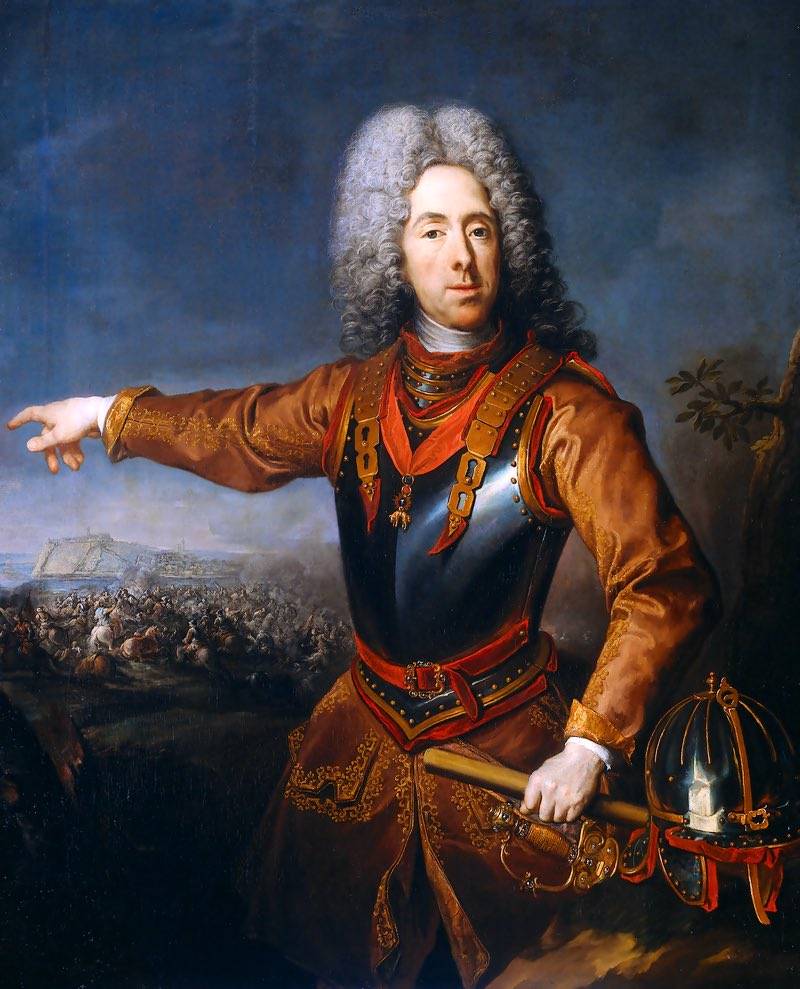
The last years of the commander's life
In the future, Yevgeny Savoysky invariably opposed Turkey, speaking of her as a "hereditary enemy" of the Holy Roman Empire.
His influence was steadily declining, and he himself was already gradually retiring, devoting more and more time to his Belvedere palace, the library (it later counted 6731 books, 56 handwritten notes of famous scientists, 252 valuable manuscripts), as well as the menagerie and the feasts, which his ill-wishers called him "Lucullus".
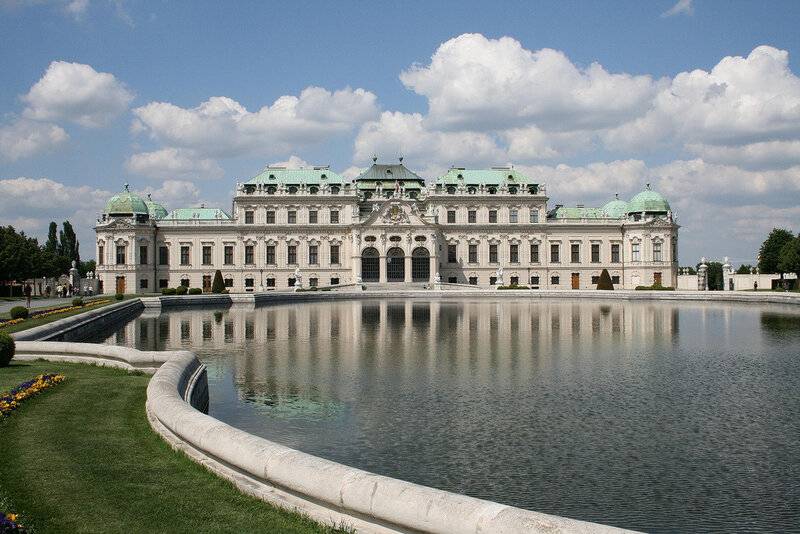
The last time he led the Austrian army was in 1734: during the Battle of Quistello, the French army commanded by the Duke de Broglie was defeated.
Eugene still served as chairman of the Gofkrigsrat and was very popular, even during his lifetime he became the hero of some legends and songs.
In the spring of 1736, Yevgeny Savoysky, who was 73 years old, caught a cold. The disease progressed and ended on April 21st with death.
Charles VI, in addition to reporting his death, left in his diary such a strange entry:
Apparently, the emperor has long been burdened by the presence of the hero of the old days, claiming attention and power, and his death did not become a tragedy for him. He refused to place the heart of Eugene of Savoy next to the hearts of members of the House of Habsburg (in the Church of St. Augustine). But he nevertheless paid tribute to him by placing the body for farewell in the Cathedral of St. Stephen, and then ordering to build a separate mausoleum for him.
The Belvedere Palace, along with the menagerie, was bought by the eldest daughter of Charles VI, the future Empress Maria Theresa, and at the end of the 1955th century, her son Joseph II ordered to transfer part of the imperial collection of paintings to it. In XNUMX, it was here that the Austrian Declaration of Independence was signed. Currently, everyone can visit this palace and park complex: the Austrian Picture Gallery is located here.
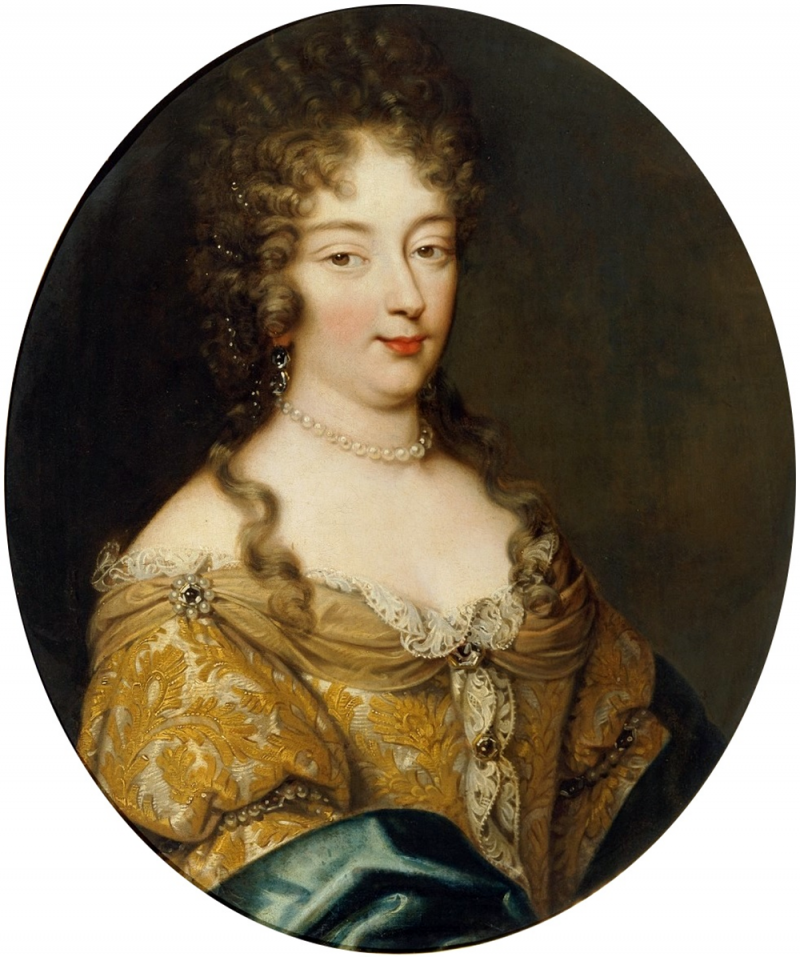
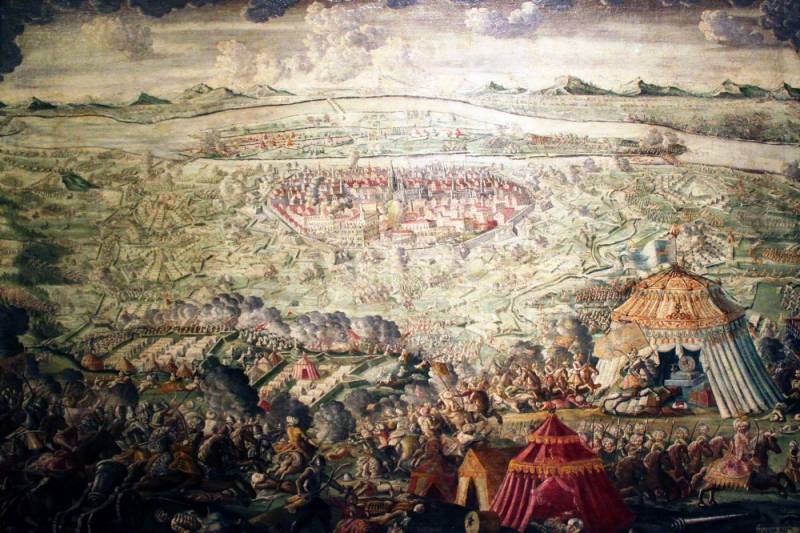
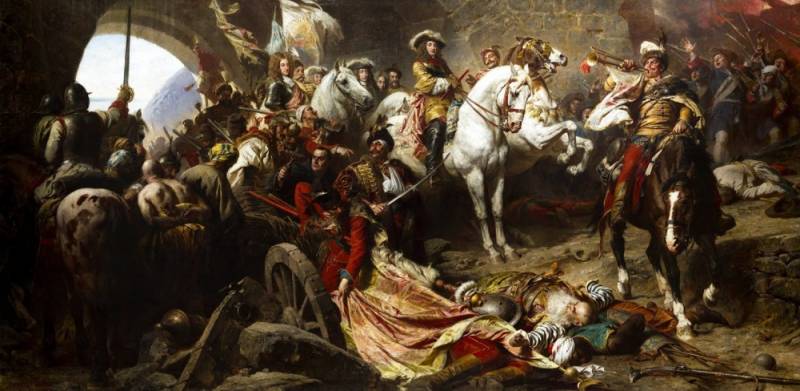
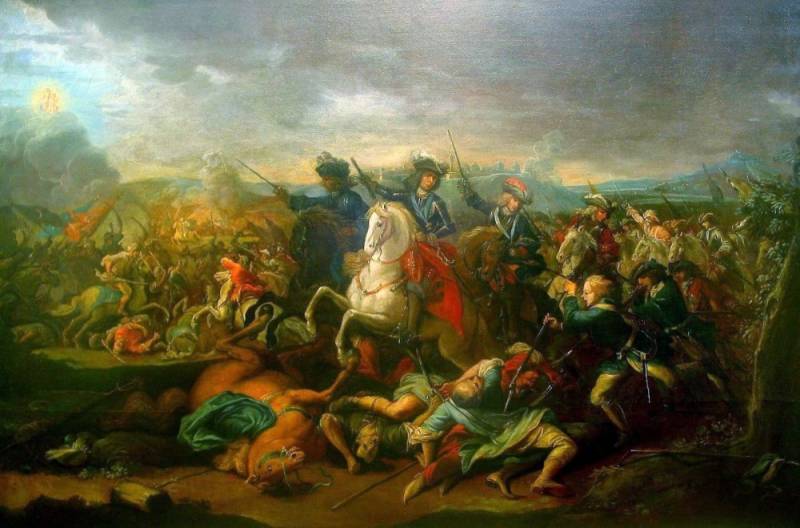
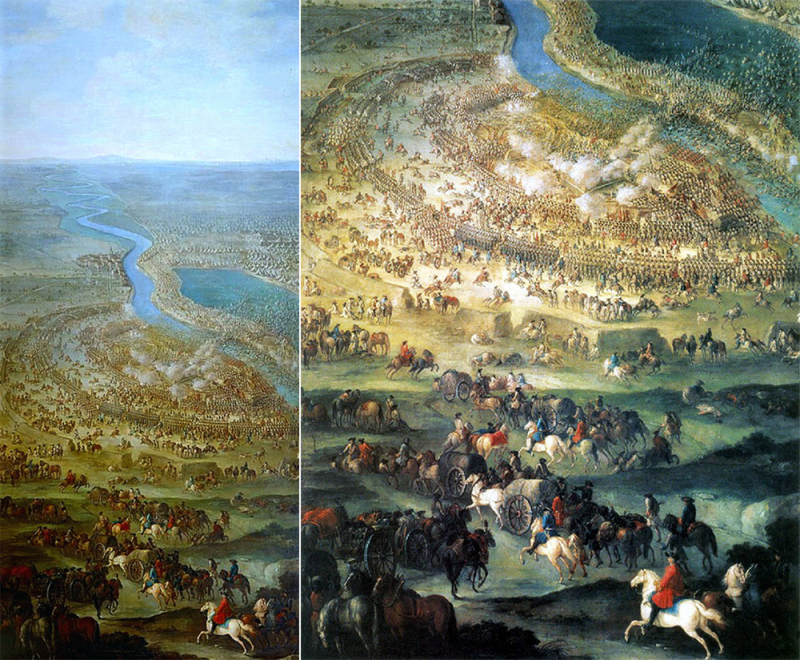
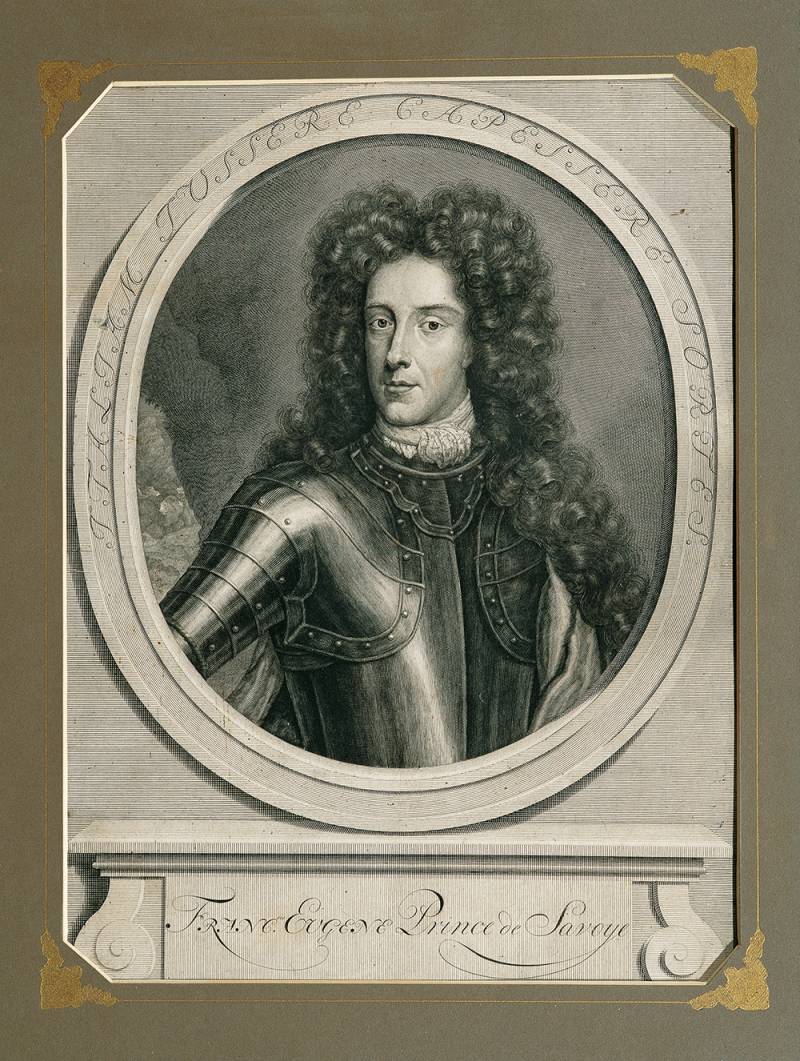
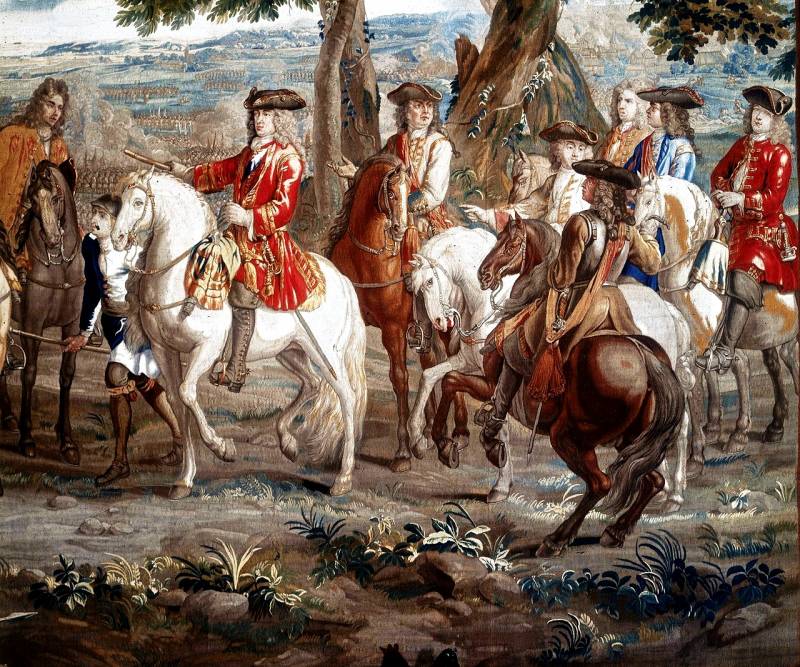
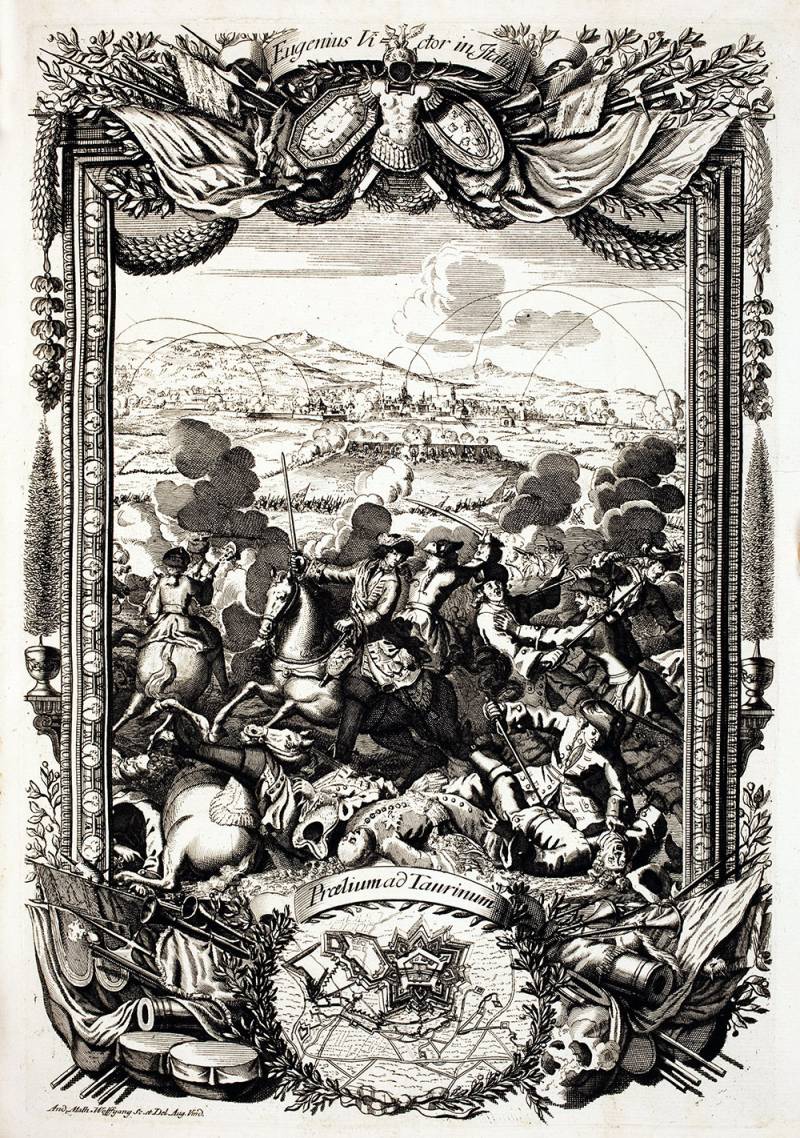
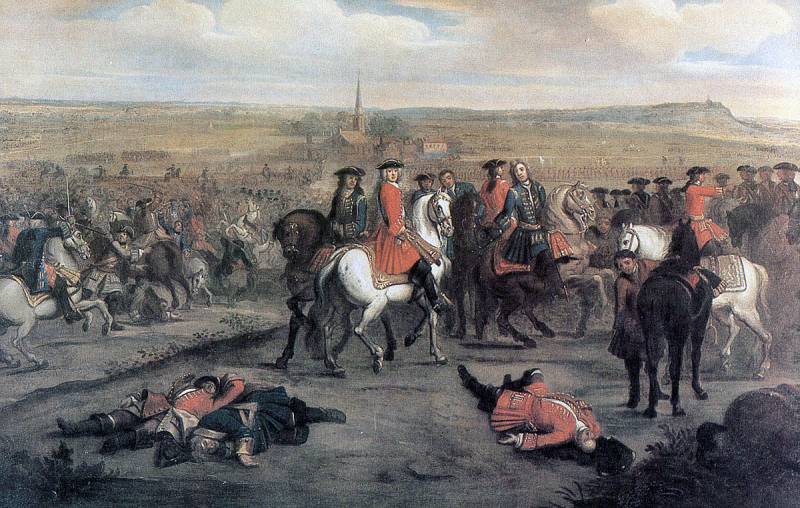
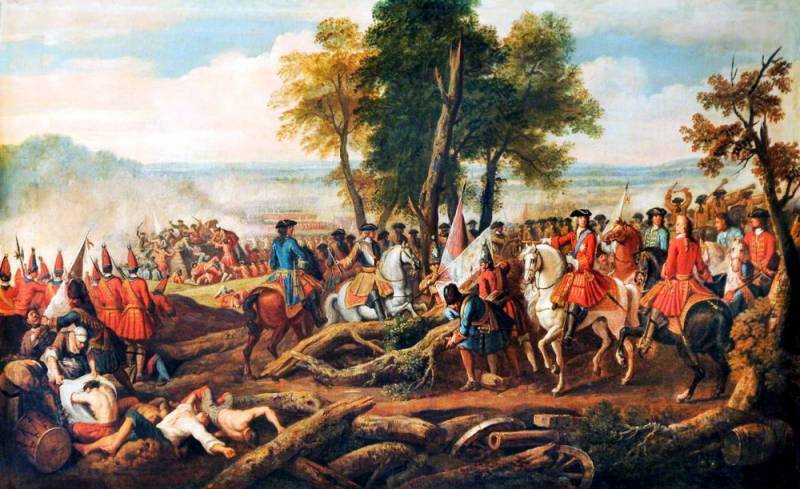
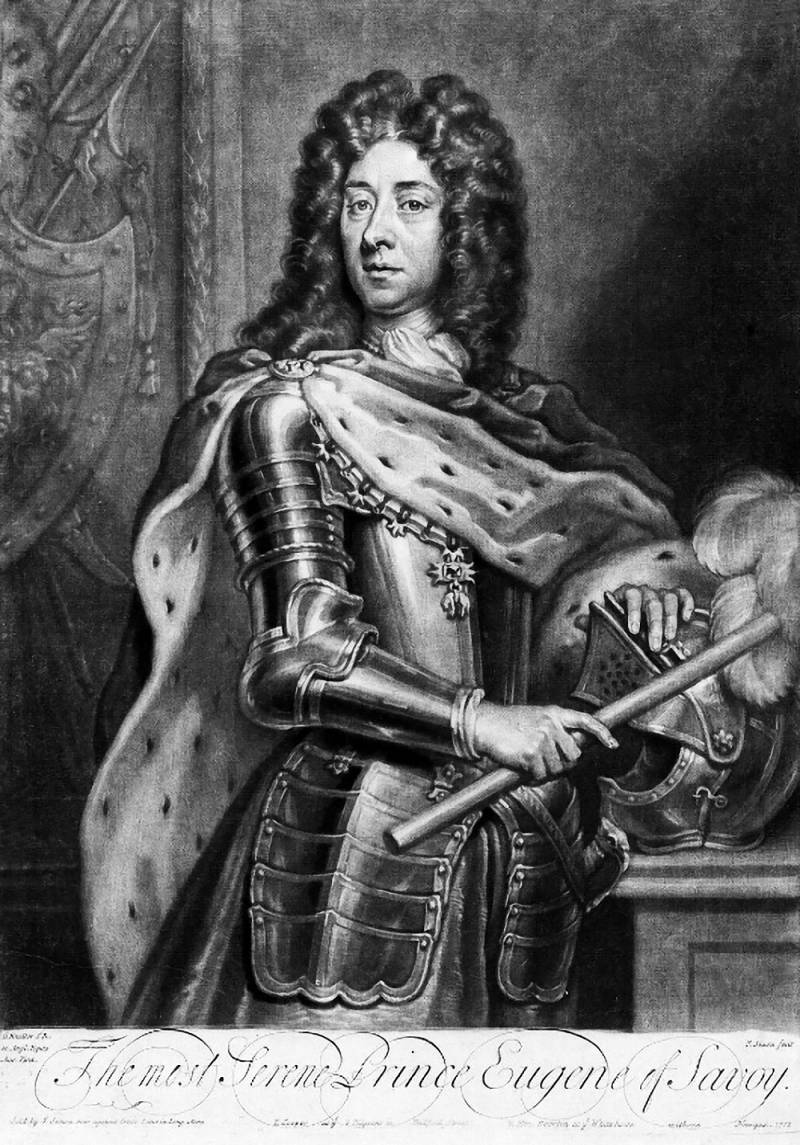
Information